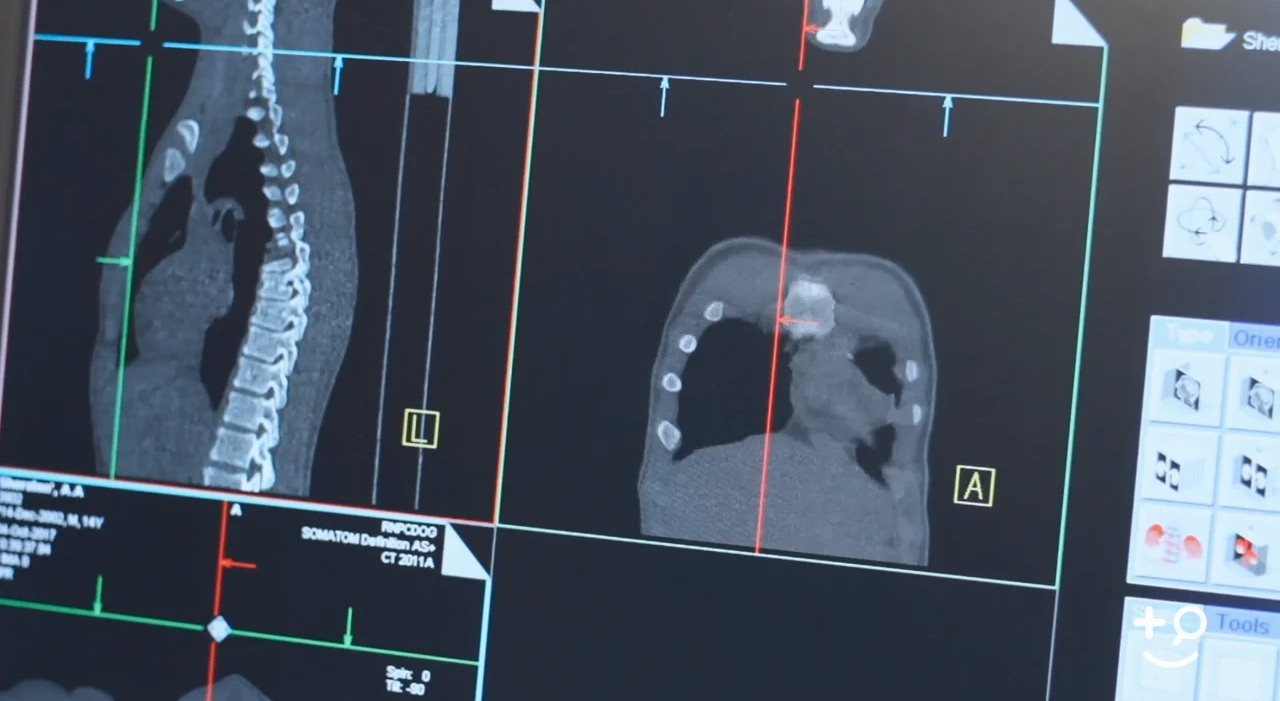The orthopaedic MRI makes it possible for orthopaedists to view:
- Bones
- Joints
- Soft tissues
- Cartilage
- Tendons
- Ligaments
- Muscles
We use the MRI to look for the presence of structural damage and defects in your joints, particularly in the knee and shoulder, which are complex joints with lots of spaces where damage can hide from a regular x-ray.
MRIs can also be conducted on the foot, ankle, lower leg, thigh, or hip, or in the arm, elbow, wrist, or hand. Sometimes an orthopaedist will also order an MRI of the spine, although in most cases that referral will be done by a spinal specialist.
Different types of MRI scans
Each MRI is customized based on the type of joint and type of suspected injury. An MRI can be set up as T1, which means tissues like subcutaneous fat or fatty bone marrow) look bright, while fluid-filled tissue and solids like bone look dark. It can also be set up as T2, which makes both fat and water in the tissue show up bright. This helps us see exactly where damage or inflammation is occurring in real-time.
Who reads the scan?
It is important for MRIs to be interpreted by a board-certified radiologist. This is an MD who specializes in diagnosing and recommending treatment for injuries that require imaging, and who has received specific training in radiation effects, safety, and protection as well as how to interpret different types of radiological images.
If you need an MRI, we can arrange that easily for you thanks to a brand new MRI machine at Syracuse Area Health that allows us to offer the best and latest technology to our patients.
Have questions about an upcoming MRI or want to learn more? Contact us to make an appointment today.
